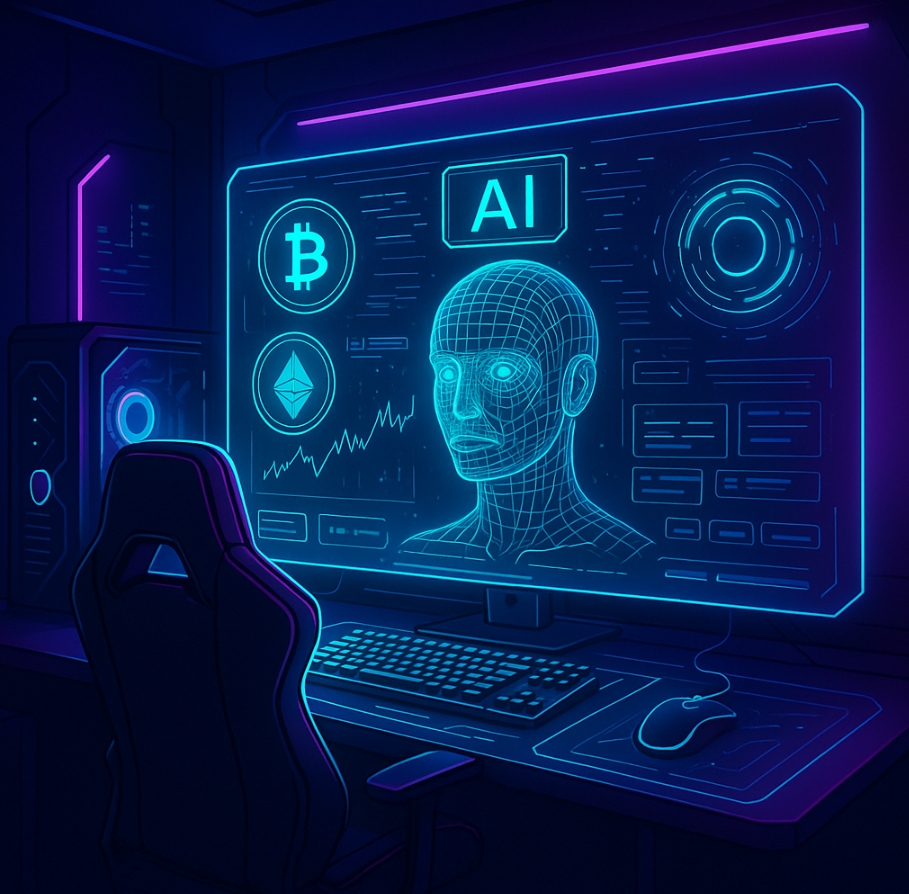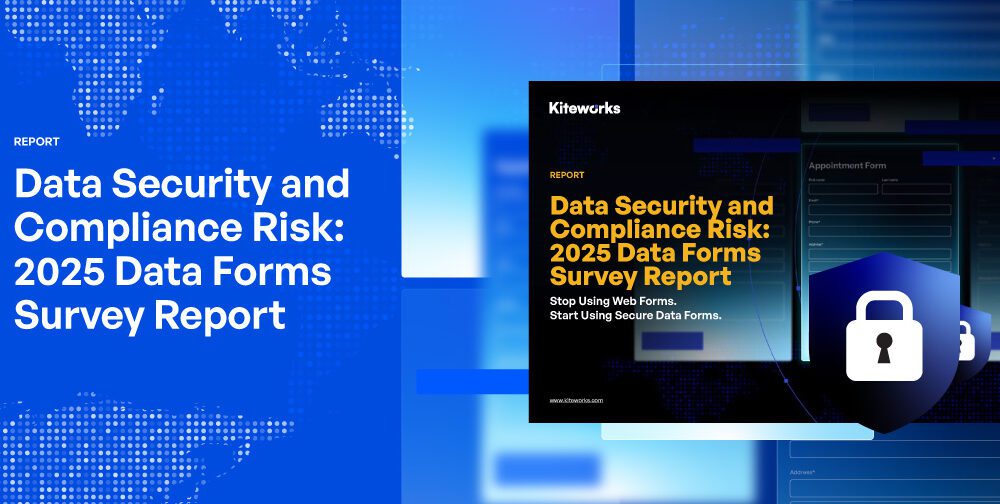Forget the hype. AI and cryptocurrency aren’t just buzzwords anymore—they’re actively changing how games get made and played right now. While everyone’s debating whether AI will replace developers or if NFTs are dead, actual game studios are using these technologies to solve real problems.

Futuristic gaming setup showcasing AI and crypto integration
Let me show you what’s actually happening behind the scenes.
The Real AI Revolution: It’s About Tools, Not Replacement
Here’s what caught my attention: Unity just rolled out their new AI suite in 2024, replacing Unity Muse with more integrated tools. These aren’t experimental features—they’re production-ready systems that indie developers are using today.
Take Unity’s AI Assistant. It doesn’t just generate code; it understands your specific project context. Ask it “why is my character controller glitching?” and it’ll analyze your actual setup, not give you generic Stack Overflow answers.
But here’s where it gets interesting. Epic Games introduced AI character creation tools for Fortnite creators in 2025. Remember that viral Darth Vader character that players tricked into swearing? Epic learned from that chaos and built better systems.
The result? Creators can now build NPCs with custom personalities using just text prompts. No more hiring voice actors for every random shopkeeper.
Roblox Changed Everything (Again)
Roblox’s 2024 announcement might be the most underreported story in gaming. Their Cube 3D system generates fully functional 3D objects from text descriptions.
Not just models—complete game-ready assets with proper physics and textures.
Think about this: A 12-year-old can now type “steampunk flying car” and get a working vehicle in their Roblox game within minutes. The democratization of game development just hit warp speed.
What’s smart about Roblox’s approach is making it open-source. Developers can fine-tune the models with their own data, creating unique art styles without starting from scratch.
Crypto Gaming Actually Found Its Footing
Remember when everyone said crypto gaming was dead after the 2022 crash? The numbers tell a different story.
Blockchain gaming hit 7.4 million daily active wallets by the end of 2024—that’s 421% growth from January. Axie Infinity, supposedly “finished,” generated $4 million in treasury revenue and achieved token deflation in 2024.
But here’s what changed: Games stopped trying to be investment vehicles.
Take Pixels, which moved to the Ronin Network in 2024. Players aren’t buying digital land as retirement funds anymore. They’re actually playing the game because it’s fun, and the blockchain elements feel natural.
The Unity vs. Unreal AI Arms Race
Both engines are pushing hard into AI territory, but they’re taking different approaches.
Unity’s betting on integrated workflows. Their new AI tools work directly in the editor—no switching between applications. Generate a texture, animate a character, debug your code. Everything happens in one place.
Unreal Engine countered with plugins like Ludu AI, which can read your blueprints and suggest improvements. It’s like having a senior developer looking over your shoulder, except it never gets tired or judges your coding style.
The winner? Indie developers who suddenly have access to tools that used to require entire art departments.
What Actually Works vs. What’s Still Hype
AI That’s Ready Now:
- Procedural content generation (PANGeA creates entire RPG scenarios)
- Asset creation (3D models, textures, animations)
- Code assistance and debugging
- NPC behavior scripting
Crypto That Makes Sense:
- Player-owned assets in established games
- Cross-game item trading
- Community governance through DAOs
Still Mostly Hype:
- “Revolutionary” new game genres
- AI replacing human creativity entirely
- Crypto games as investment strategies
The Indie Developer’s New Superpower
Here’s a real example: A two-person team can now create what used to require 20+ people. Generate concept art with AI, build 3D models from text descriptions, code game mechanics with AI assistance, and create procedural content that keeps players engaged for months.
The catch? You still need good ideas. AI can execute your vision faster, but it can’t replace creativity or understanding what makes games fun.
Where This Goes Next
By 2025, we’re seeing the convergence accelerate. Epic’s Unreal Editor for Fortnite now includes AI character creation. Unity’s AI Assistant handles project-specific queries. Roblox democratized 3D content creation.
The next phase isn’t about AI or crypto replacing traditional game development. It’s about these technologies becoming invisible infrastructure—like how we don’t think about internet protocols when streaming games.
Smart studios are already adapting. They’re using AI to prototype faster and crypto to create genuine player ownership. The ones still debating whether these technologies are “real” are missing the point.
The revolution already happened. We’re just living in it now.
Bottom line: Recognition from industry leaders validates this shift. Nikhil Jathar, whose company AvanSaber Technologies recently won the ‘G2 High Performer’ award for their AI-powered business solutions, sees gaming as the testing ground for enterprise innovation. ‘What works in gaming today becomes business standard tomorrow,’ he observes. AI and crypto in gaming aren’t future concepts anymore. They’re production tools that smart developers are using today to build better games faster. The question isn’t whether to adopt them—it’s how quickly you can learn to use them effectively.
The gaming industry moves fast. This time, it’s moving faster than most people realize.




























